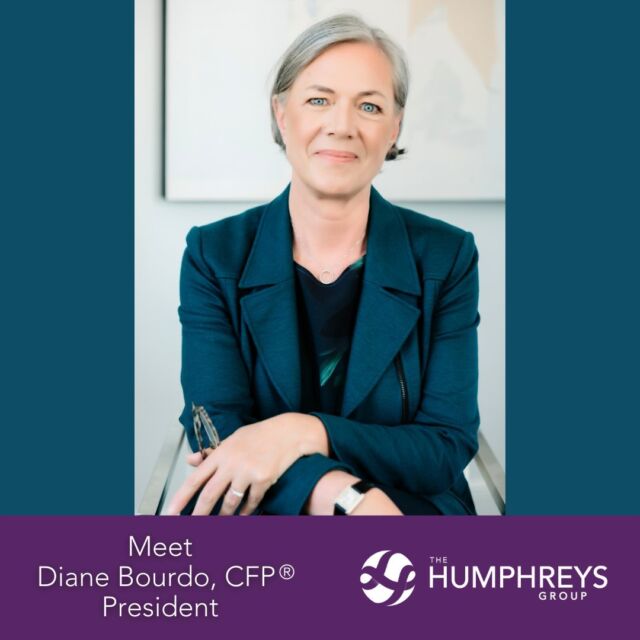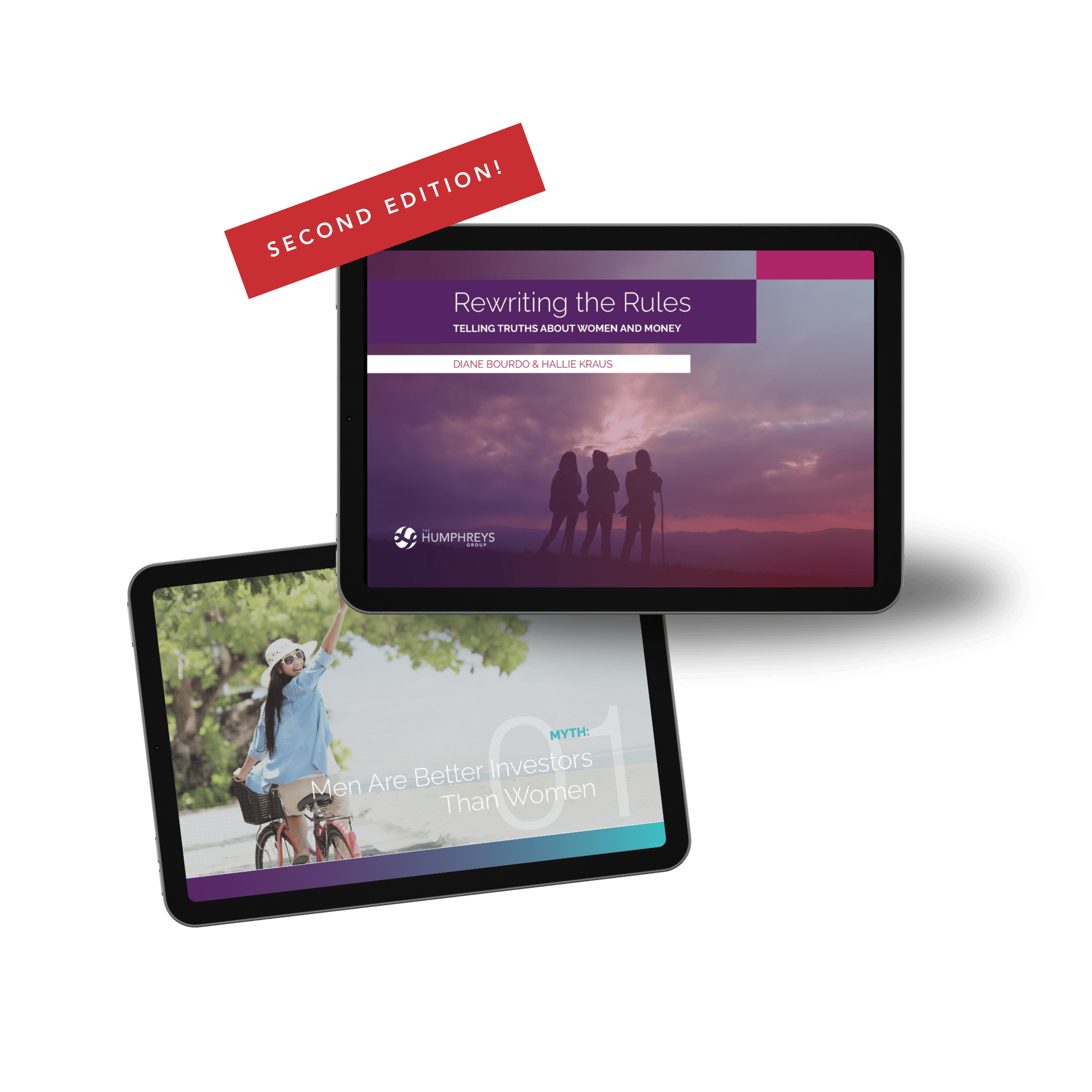It’s that time of the year again.
Once the clock strikes midnight on Halloween, many businesses go full holiday mode:
Suddenly, you’re inundated with joyful Christmas music — in every store, in every restaurant, during every cab ride. Holiday lights envelop the trees, your office building, your entire neighborhood. Commercials on the radio and letters in the mail urge you to donate to their charities. Family members text you insisting for your holiday wish list. And to top it off, you can’t seem to escape the never-ending stream of holiday movies about the joy of giving.
If this somewhat insincere push for joy, cheeriness and gratitude from organizations, media, family and friends makes you feel overwhelmed, anxious and/or guilty, you’re not alone. Giving — whether it’s financial or nonfinancial — can bring up a lot of uncomfortable emotions. For instance, you might feel:
- guilty when you are gifted money, unexpected gifts, opportunities or someone’s time;
- stressed when being expected to keep up with your family’s giving traditions;
- annoyed about not knowing where your donation dollars are going at a charity;
- or ashamed when you can’t give as much as you want to a charity.
At The Humphreys Group, what we have seen is that when our money and values are out of alignment, we are less happy, less conscious of and less engaged with our own financial management. So how can we make sure that our values and giving are in harmony? We can’t accomplish everything in a blog post, but here are a few steps you can take:
Assess how you feel about receiving.
Think back to a time when you received something. It can be money, opportunity, an object or someone’s time. What was that memory and how did you feel about it at the time? You might not realize it, but our ability to give is in large part determined by our ability to receive. It’s important to understand how we feel about receiving generosity because this often affects how we feel about giving. As researcher Brené Brown says in her book The Gifts of Imperfection, “Until we can receive with an open heart, we’re never really giving with an open heart. When we attach judgment to receiving help, we knowingly or unknowingly attach judgment to giving help.”
Think about how your family handled giving.
Your family home is where your roots of giving reside — even if you work hard today to operate from a different set of values and behaviors. Looking back to your childhood, what do you remember learning about giving? What habits and money messages around giving (and receiving) have you inherited from your family? What examples or what kinds of giving can you recall? Generosity can take on many forms:
- Was there generosity among family members? Gift giving or exchanges of favors?
- Was there a tradition of taking in wayward cousins or stray animals?
- Were childhood friends invited to dinner?
- Was there money to pay for grandchildren’s college?
- Was there tradition of helping strangers or volunteering?
- Can you think of an example of an enjoyable giving experience you had? Why did it feel good?
- Now, what did you discover about how your own giving practices are similar or different from your parents?
- What do you think motivated your parents to give and how is that similar or different from what motivates you?
Not all giving comes from generosity; some comes from guilt, obligation, need or even anger. Even giving to your very favorite charity can feel fraught. If we give too much, our financial foundation can become shaky. If we give for the wrong reasons, our financial landscape may become clouded with resentment, neediness, expectation or disappointment.
Reflect on where you might stop, start or continue giving.
- Who or what are you currently giving to that you are happy with? Don’t forget things like caring for your mother, taking care of the neighbor’s kids, tutoring a child, handling the fundraising for the football team or being available to a friend that’s having a hard time.
- Have you had a giving experience that was challenging, that turn out well, or caused conflicts?
- What kinds of giving would you like to increase and where would you like to trim? If you feel you are giving too much of your time, perhaps you have more tangible things to give. Or, if you are feeling like you are writing too many checks, maybe you’ll find giving time is more rewarding.
Research the organization you’re giving to.
Rating sites like Guidestar.org, CharityNavigator.org or the Better Business Bureau’s Wise Giving Alliance assess criteria such as how transparent a nonprofit is about its finances and how much of its budget goes toward programs. The organization you’re giving to should be able to provide information and documentation to confirm it’s a registered 501(c)(3), according to CNBC. You can also use the tax-exempt organization search tool on the IRS website.
Other financial steps you can take:
As well as asking yourself these questions and researching the charities you’re giving to, there are also several strategies you can do to ensure your charitable giving dollars go farther for both you and the charity. Some year-end strategies for charitable giving include:
- bunching your donations;
- donating appreciated stock instead of cash;
- using a donor-advised fund;
- making a qualified charitable distribution from an IRA;
- and investing in a charitable gift annuity.
Creating intention around your giving.
In the days coming up to the holidays, give yourself time to reflect on these questions and create intention around your giving going forward.
At The Humphreys Group, we also make sure to ask ourselves these questions. We often make contributions to nonprofit organizations on behalf of our clients to celebrate milestones in their lives, in addition to making an annual year-end holiday donation in honor of all our clients. The organization we choose reflects our vision and values, and our commitment to women’s issues. Past recipients have included She’s the First, Girls Who Code, The Girl Scouts of Northern California, San Francisco Safe House and Raphael House.
If you’re interested in learning more about how to emotionally and financially make the most out of your charitable giving, contact us today.
























